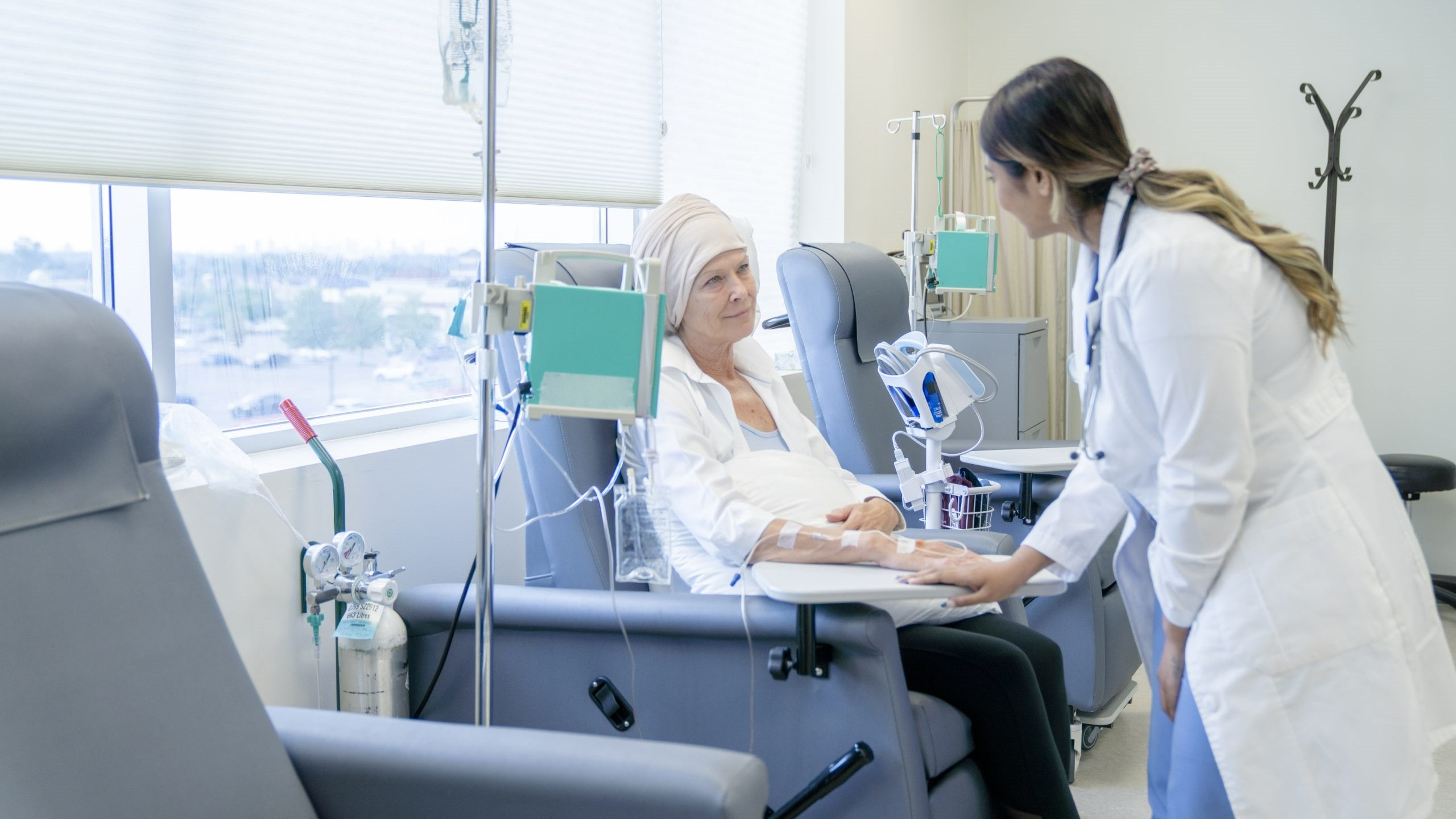
A single center retrospective study of patients with multiple myeloma (MM) who received chimeric antigen receptor (CAR) T-cell therapy has investigated outcome differences by patient age and frailty. It was presented at the 21st International Myeloma Society Annual Meeting in Rio de Janeiro, Brazil.
“Older patients have higher infection rates post CAR-T. Otherwise, efficacy and toxicity are similar in older versus younger patients. Frail patients have similar response and toxicity, but higher healthcare utilization compared to non-frail patients,” the team of study authors from the Mayo Clinic reported.
The study cohort of 257 patients had a median age of 65 years, 30% was aged 70 years or older, and 42% female. The median follow-up was 1.8 years. 248 patients were older than 60 years, of whom, 33% were frail.
The authors found patients aged younger than 70 years and patients aged 70 years or older both had median progression-free survival (PFS) of one year. Their rates of mortality within 90 days were 4% versus 3%, median overall survival (OS) was 3.8 years versus 2.4 years, and 1-year OS was 83% versus 78%.
Cytokine release syndrome (CRS) incidence was 79% in patients younger than 70 years and 86% in patients 70 years or older. The older cohort had earlier median onset of CRS at one day versus two days (P=.03) and longer median duration at three days versus two days (P=.03).
Immune effector cell associated neurotoxicity syndrome (ICANS) incidence for patients younger than 70 years was 13%, and 21% for patients 70 years or older. Both groups had a median time to ICANS onset of three days and a median duration of two days. Their respective rates of health care utilization were 58% and 64% but the younger group had a lower infection rate at 18% versus 29% (P=.047).
For both frail and non-frail patients, median PFS was one year and the rate of partial responses of very-good-or-better was 78%. Median OS was 2.4 years for frail patients and not reached by non-frail patients (P=.02), and one year OS was 79% versus 82%. Mortality within 90 days was 5% versus 4%.
Frail and non-frail patients had CRS incidence of 86% versus 82%, median time to CRS onset of one versus two days, and both had a median CRS duration of three days. Frail and non-frail patients had no difference in ICANS incidence at 23% versus 18%, but median duration of ICANS was longer in frail patients at three days versus one day (P=.03). Frail patients had higher health care utilization than non-frail patients at 74% versus 56% (P=.02), but infection rates were similar at 31% versus 20%.
Reference
Abdallah N, Elhaj M, Gupta S, et al. Impact of age and frailty on outcomes of patients with multiple myeloma receiving CAR T-Cell therapies – A single center experience. Abstract P-001. Presented at the 21st International Myeloma Society Annual Meeting; September 25-28, 2024; Rio de Janeiro, Brazil.






 © 2025 Mashup Media, LLC, a Formedics Property. All Rights Reserved.
© 2025 Mashup Media, LLC, a Formedics Property. All Rights Reserved.